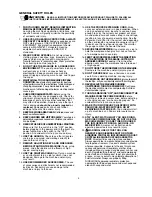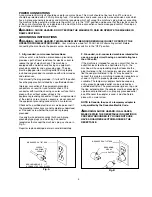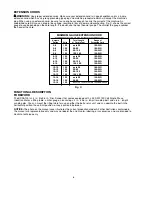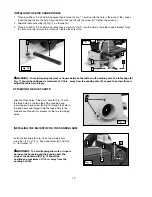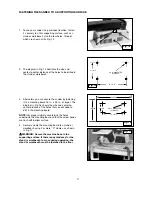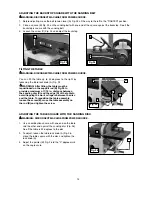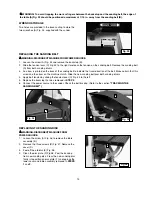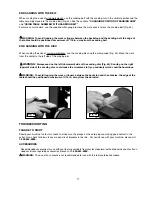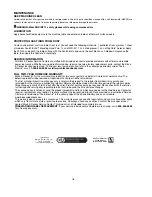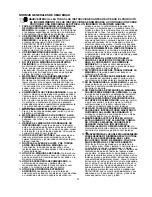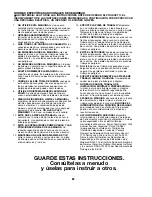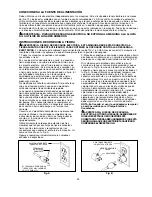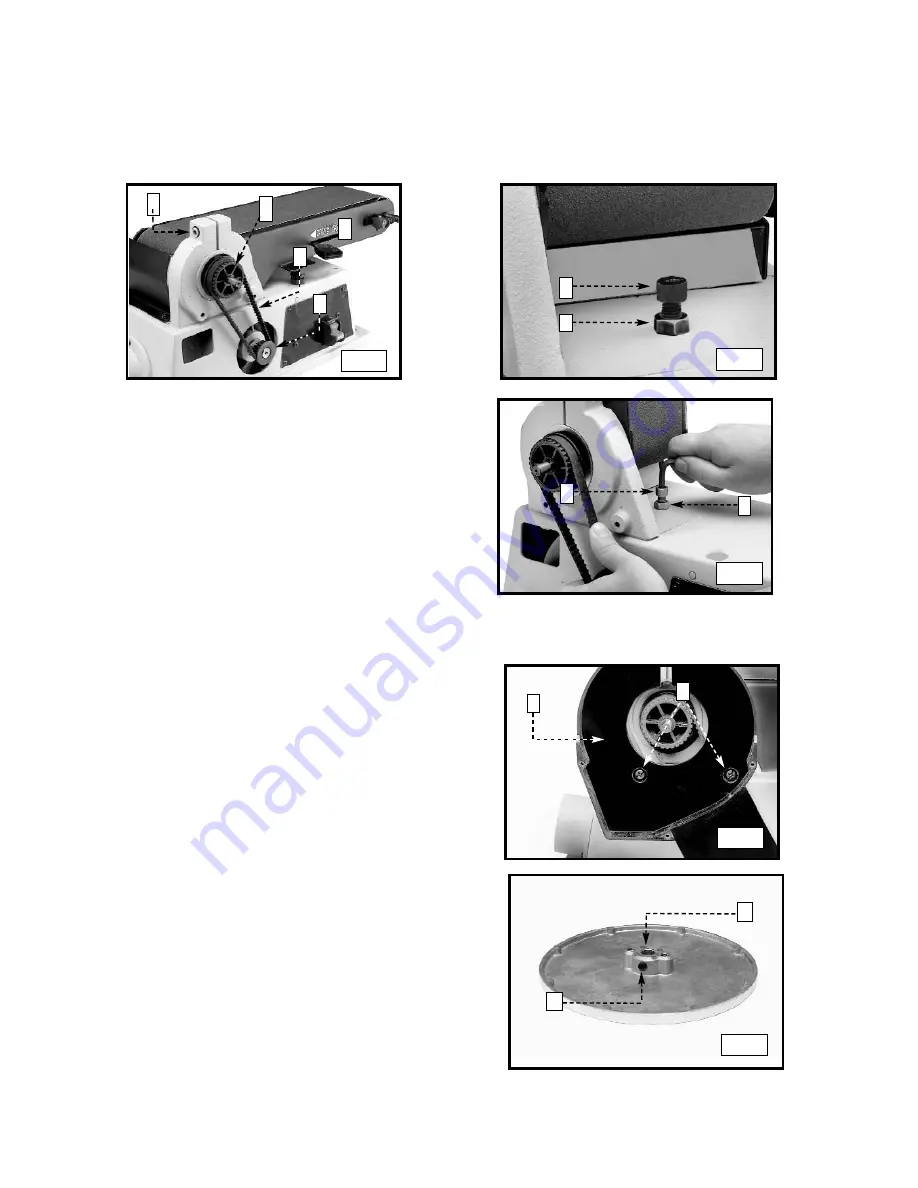
8
Attach the belt and pulley guard (A) Fig. 4 to the
machine base using the two M6x1x30mm cheese head
screws (B).
1. Turn the 1/4-20 x 1/4 in. hex socket set screw (A)
Fig. 5 counter-clockwise until it clears the hole (B)
in the sanding plate.
ATTACHING THE BELT AND PULLEY GUARD
Fig. 4
B
A
INSTALLING THE SANDING DISC PLATE
A
B
Fig. 5
ADJUSTING THE BELT TENSION
Your sander was shipped from the factory with the drive belt (A) Fig. 1 attached to both pulleys (B) and (C). Before
assembling the machine, check and adjust the belt tension.
1.
Loosen the screw (D) Fig. 1 with the 6mm hex wrench, and move the sanding arm (E) to the vertical position to
expose belt tensioning screw (F) Fig. 2, and locknut (G).
D
B
E
C
A
Fig. 1
Fig. 2
2.
Check the belt tension by applying light pressure on
the belt halfway between the two pulleys.The belt
has the correct tension when you can deflect it
approximately 1/4 in.
NOTE:
The belt does not require excessive tension to
function properly.
3.
To adjust, loosen the locknut (A) Fig. 3, and tighten
or loosen the adjusting screw (B) with the supplied
6mm hex wrench until the belt has the correct
tension.
4.
Tighten locknut (A).
5.
Move the sanding arm to the horizontal position.
Fig. 3
F
G
A
B



